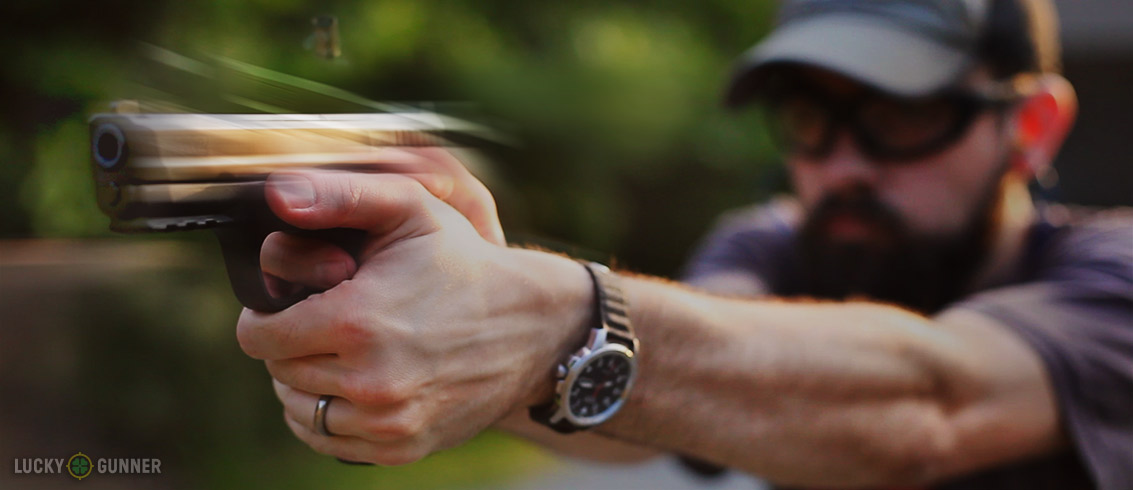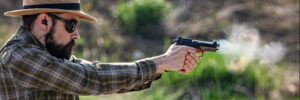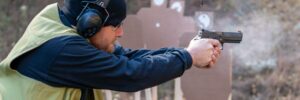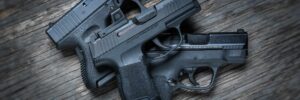Train the Way You Fight
If you carry a concealed handgun, you need training. Not a state-mandated permit course — actual training from a qualified instructor who can teach you the skills necessary to not simply shoot, but fight with a handgun. Sure, gun owners with the most rudimentary of shooting skills somehow manage to survive life-threatening attacks all the time, but it’s not because using a gun effectively under extreme stress is easy.
“We don’t rise to the level of our expectations – we fall to the level of our training.” – Archilochus
If you want to carry a gun for self-defense, you’ll need to expand your skillset past casually blasting away at a bullseye on a square range. A big part of that skillset is learning how to shoot faster with some semblance of accuracy. The best way to learn that is to… get some training.
Sorry, there’s no way around it.
But until you can arrange for that to happen, here are a few tips that will help get you pointed in the right direction.
Applying the Fundamentals to Shoot Faster
You can’t go fast until you have a solid grip, stance, and a good grasp of the other fundamentals of handgun shooting. These will look slightly different from one instructor to the next, but the core principles are the same. I don’t claim to be any kind of speed shooting expert myself, but I have had the benefit of learning a variety of handgun skills from some excellent teachers. In this video, I demonstrate the way I was taught the basic building blocks of handgun shooting for self-defense, which are crucial for building up speed:
One more quick note about the grip. If you have a good grip, the gun should be snapping right back into place after each shot, and you also shouldn’t have to adjust your grip in between shots. If your gun is too big or too small for your hands or it has too much recoil for you, it might be really tough to make that work.
That’s one of the reasons I almost always recommend a 9mm for less experienced shooters. A full size or maybe a compact 9mm with adjustable backstraps tends to work really well for most people, especially when they’re first learning how to use a good grip to effectively manage recoil.
Speeding Up
Once you have a grasp of the fundamentals, you can try adding speed. How do you know if you understand the basics? Well, unless you have a coach to observe you, sometimes you don’t know for sure until you try to add speed and things just fall apart. But one litmus test you can try is to set up a small target like a 3×5 card at 7-yards. If you can’t hit it on demand about 95% of the time with no time constraint, you need to keep working before you try to go faster.
If that kind of accuracy is easy for you, then you can use that same 3×5 card to start working on follow through. The next video explains how to build on that to start developing speed.
It’s worth mentioning that the traditional form of the Bill Drill involves drawing from the holster rather than from the ready position, but as long as you’re timing yourself and measuring your progress, the drill can work either way.
Like I said before, I’m not an expert speed shooter and I’m not out winning awards at this stuff, but I’m fortunate enough to get a decent amount of trigger time to keep my skills intact. On a good day, shooting Bill Drills at 7 yards, I’ll usually average quarter second splits in between shots. That’s not bad, but it’s a place where a lot of shooters plateau unless they’re getting in consistent, focused practice at least a few times a month.
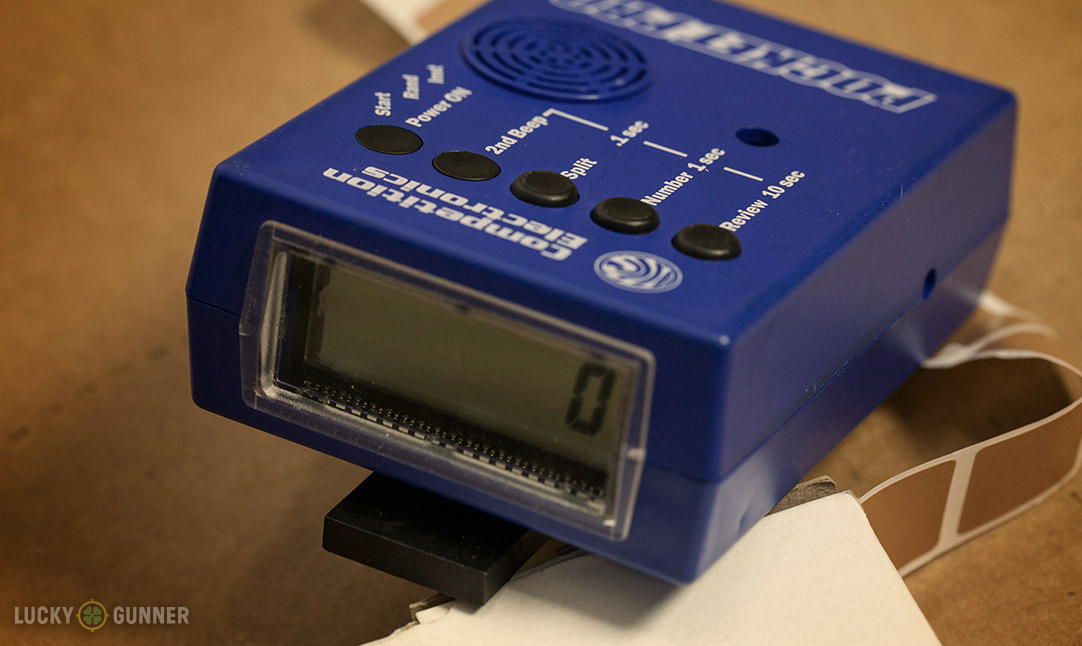
The Bill Drill is just one way to measure and build speed, and is great for focusing on recoil management and sight alignment. Be sure to change it up from time to time and use different drills to work on other aspects of shooting quickly like target transitions and reloads. Pistol-Training.com is one of my favorite places to pick up ideas for new drills.
One Piece of the Puzzle
Speed is an important part of developing your self-defense skillset, but it’s still just one part. There are plenty of other aspects to effective handgun use like draw stroke, shooting on the move, strong hand and weak hand only, and shooting from unconventional positions.
Also keep in mind that shooting itself is just one part of your larger self-defense strategy. Knowing when to shoot, and how to avoid the need for self-defense to begin with are just as important. Unfortunately, they’re not quite as fun to learn. But as cool as it is to be able to shoot fast, it’s really not a skill you ever want to be forced to put to use in the real world.
